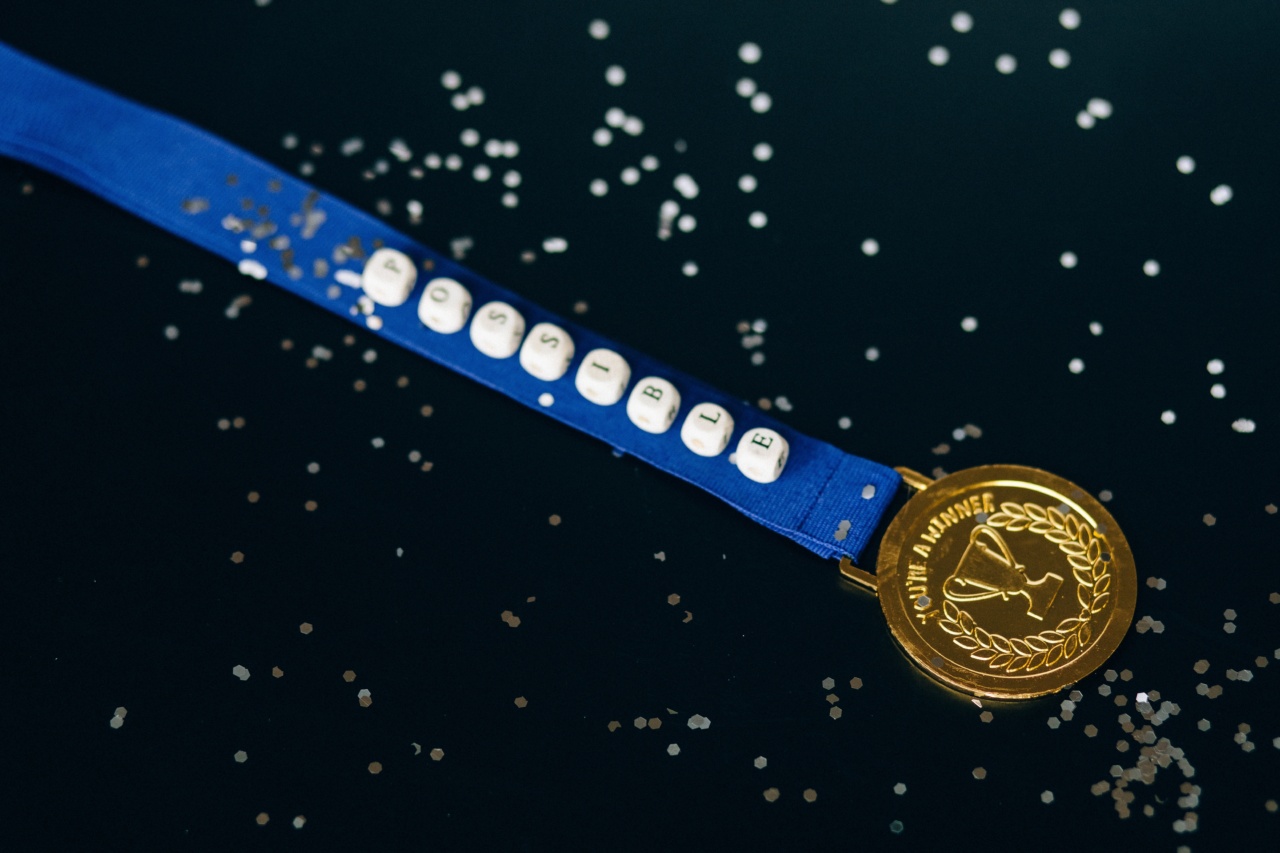Coronavirus disease 2019 (COVID-19) is an infectious disease caused by a newly discovered coronavirus called severe acute respiratory syndrome coronavirus 2 (SARS-CoV-2).
As the pandemic spreads across the world, researchers continue to gather information about this virus to better understand its transmission patterns.
Routes of Transmission for COVID-19
The primary modes of transmission for COVID-19 are through respiratory droplets when an infected person coughs, sneezes, talks, or breathes. These droplets can enter the mouths or noses of those nearby, or even be inhaled into their lungs.
Additionally, it is possible to contract the virus by touching surfaces or objects contaminated with the virus and then touching the face, particularly the mouth, nose, or eyes. This is why it is crucial to practice good hand hygiene.
COVID-19 and Pregnancy
Pregnant women are considered part of the high-risk group for COVID-19 due to changes in their immune system. It is important for them to take extra precautions to avoid infection.
However, concerns arise about the possibility of mother-to-baby transmission of the virus during pregnancy, childbirth, or breastfeeding.
Is Mother-to-Baby Transmission of COVID-19 Possible?
According to current research, the vertical transmission of SARS-CoV-2 from mother to baby during pregnancy is considered rare. Studies have shown that the virus is not usually present in amniotic fluid, placenta, or breast milk.
However, it is important to note that this is still an active area of research, and new evidence might emerge.
Intrauterine Transmission
While rare, there have been cases of potential intrauterine transmission of SARS-CoV-2. Intrauterine transmission refers to the transmission of the virus from mother to fetus during pregnancy.
Several reports suggest the presence of the virus in the placenta, amniotic fluid, or other fetal tissues. However, the exact mechanisms and the extent of this transmission are still being investigated.
Delivery and Newborn Care Precautions
When it comes to childbirth, healthcare professionals take precautionary measures to avoid unnecessary exposure of the newborn to the virus.
These precautions may include conducting COVID-19 tests before delivery and implementing infection control practices during labor and delivery. Additionally, immediate postpartum care, such as breastfeeding and rooming-in, might be modified based on the maternal COVID-19 status and severity of the disease.
Breastfeeding and COVID-19
Current evidence suggests that COVID-19 is not transmitted through breast milk. The benefits of breastfeeding for both the mother and baby outweigh the potential risk of transmission.
However, precautions should be taken to reduce the risk of respiratory transmission during feeding, such as wearing a mask and practicing good hand hygiene.
Precautions for Infected Mothers
Mothers who are infected with COVID-19 should take necessary precautions to avoid transmitting the infection to their baby.
These precautions include wearing a mask during close contact with the baby, practicing good hand hygiene, and following the guidance of healthcare professionals regarding breastfeeding and newborn care.
Conclusion
Although the possibility of mother-to-baby transmission of COVID-19 exists, it is considered rare. Most studies indicate that the virus is not usually present in amniotic fluid, placenta, or breast milk.
However, as research on COVID-19 is rapidly evolving, it is critical to stay updated with the latest information and follow the guidance of healthcare professionals.































